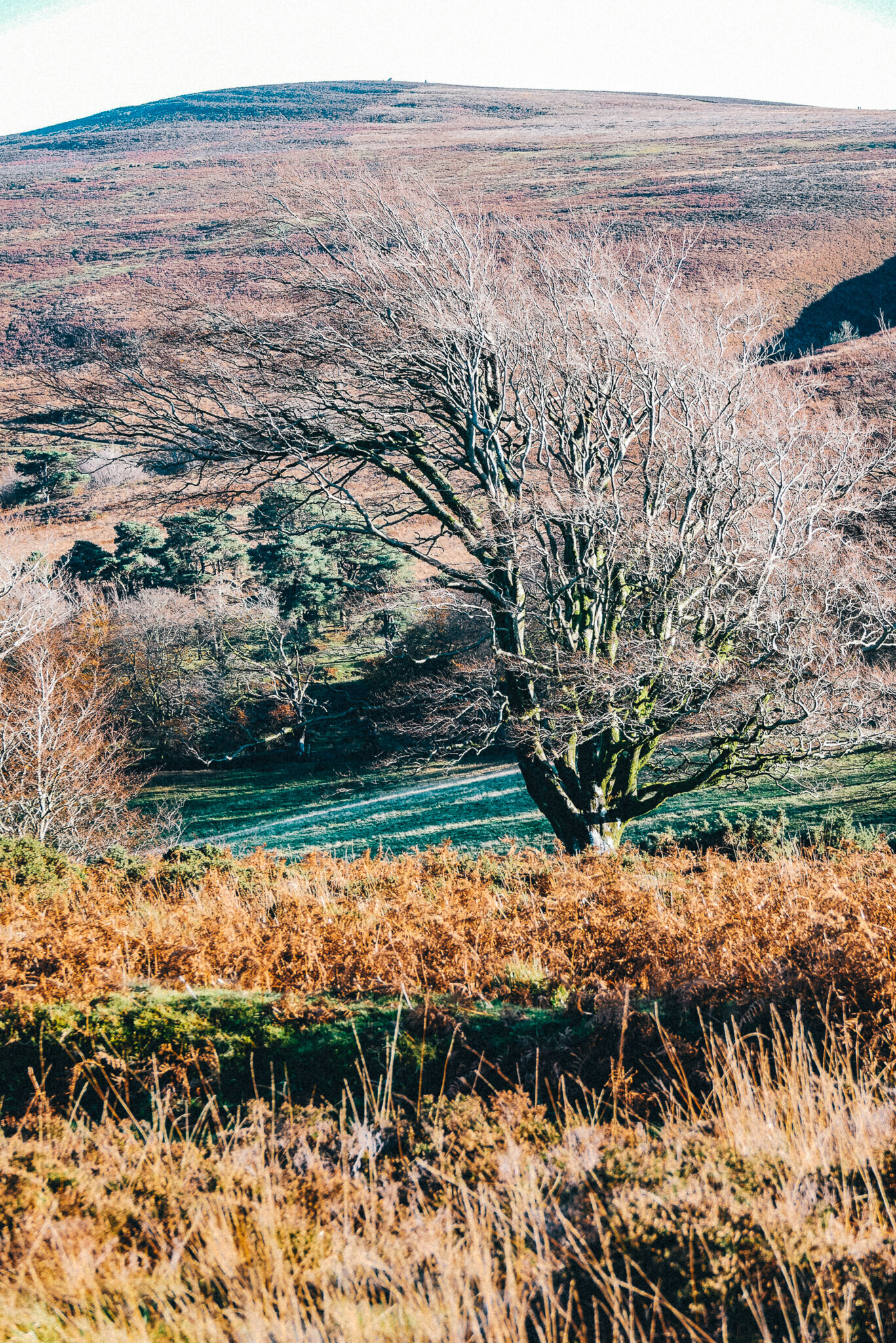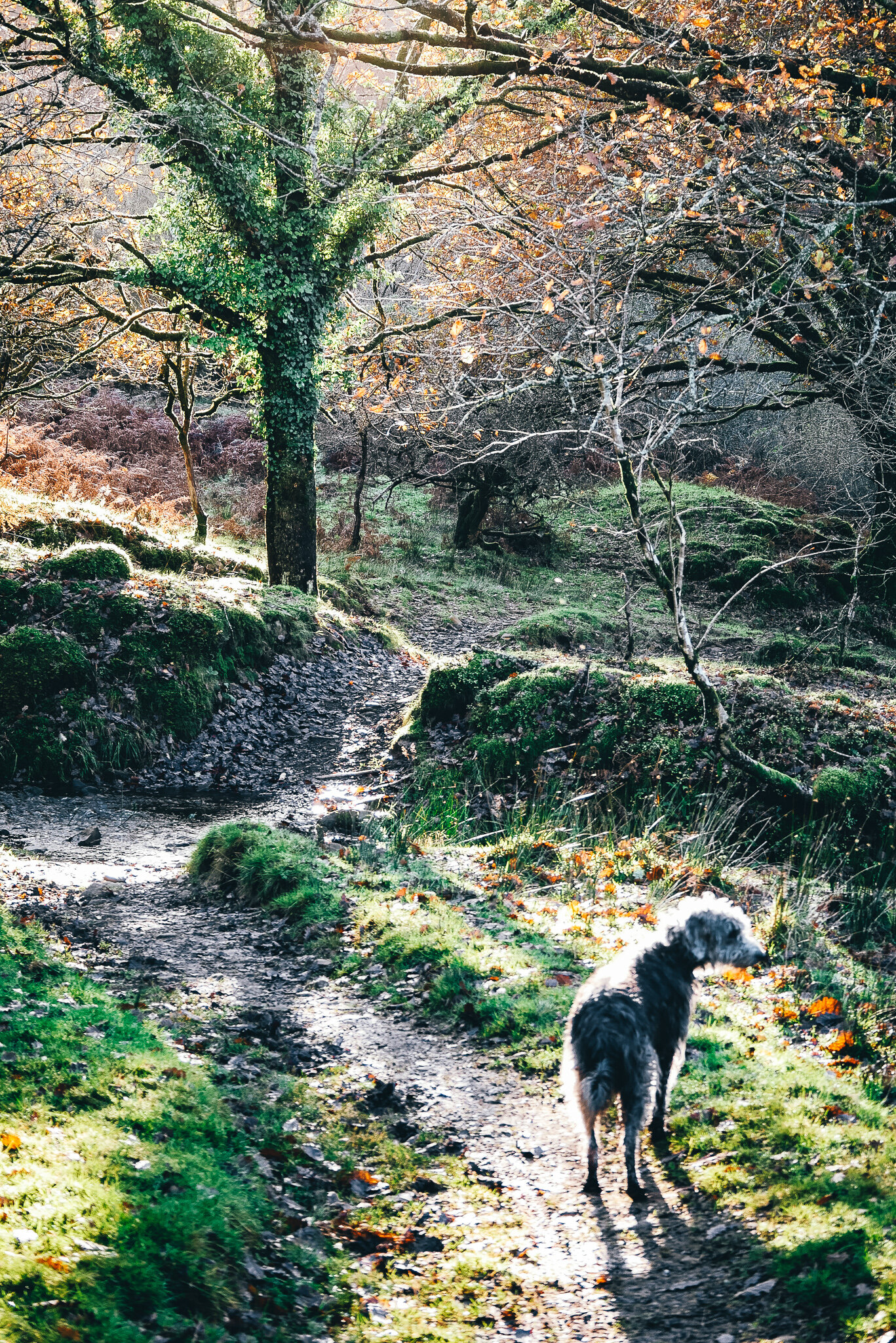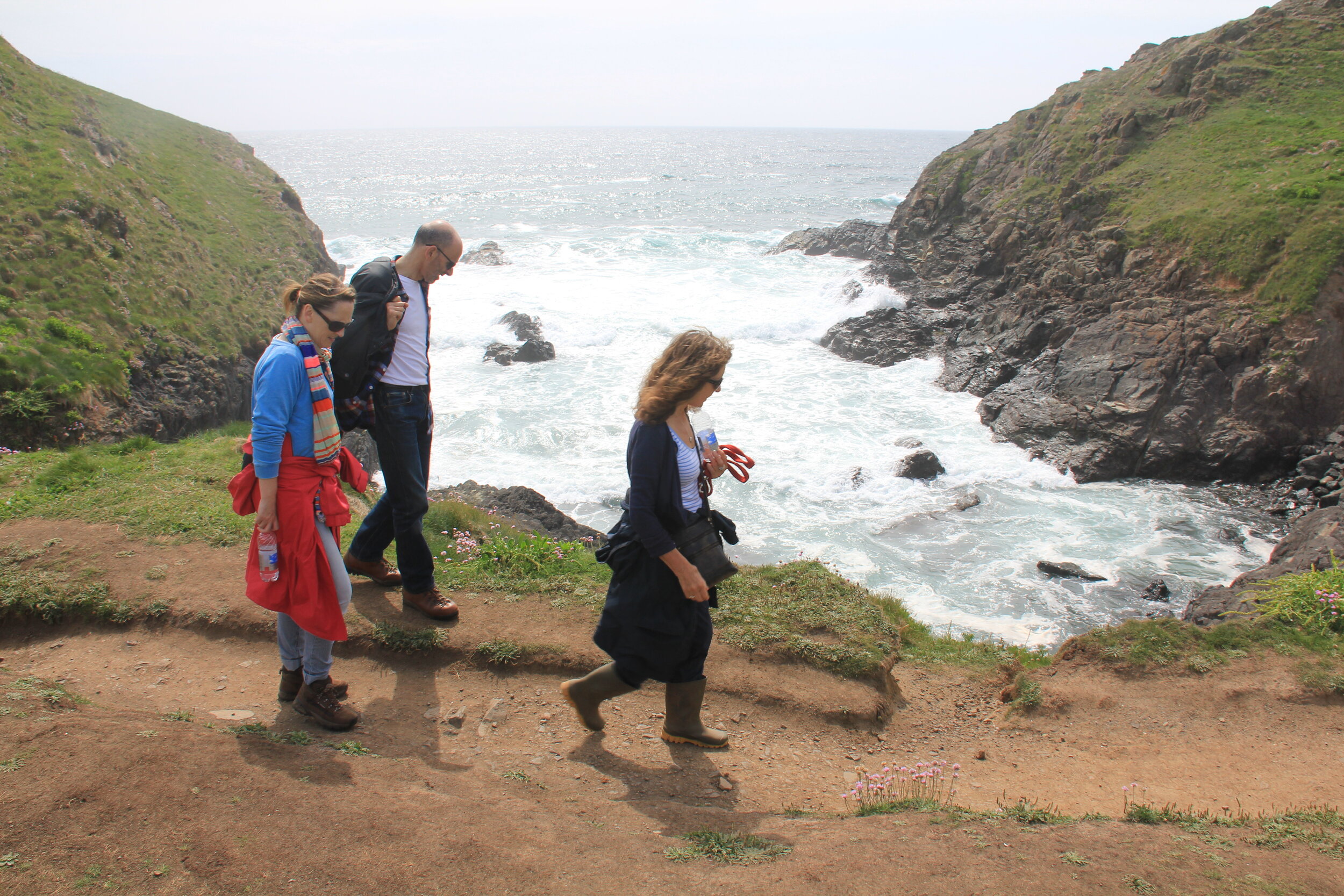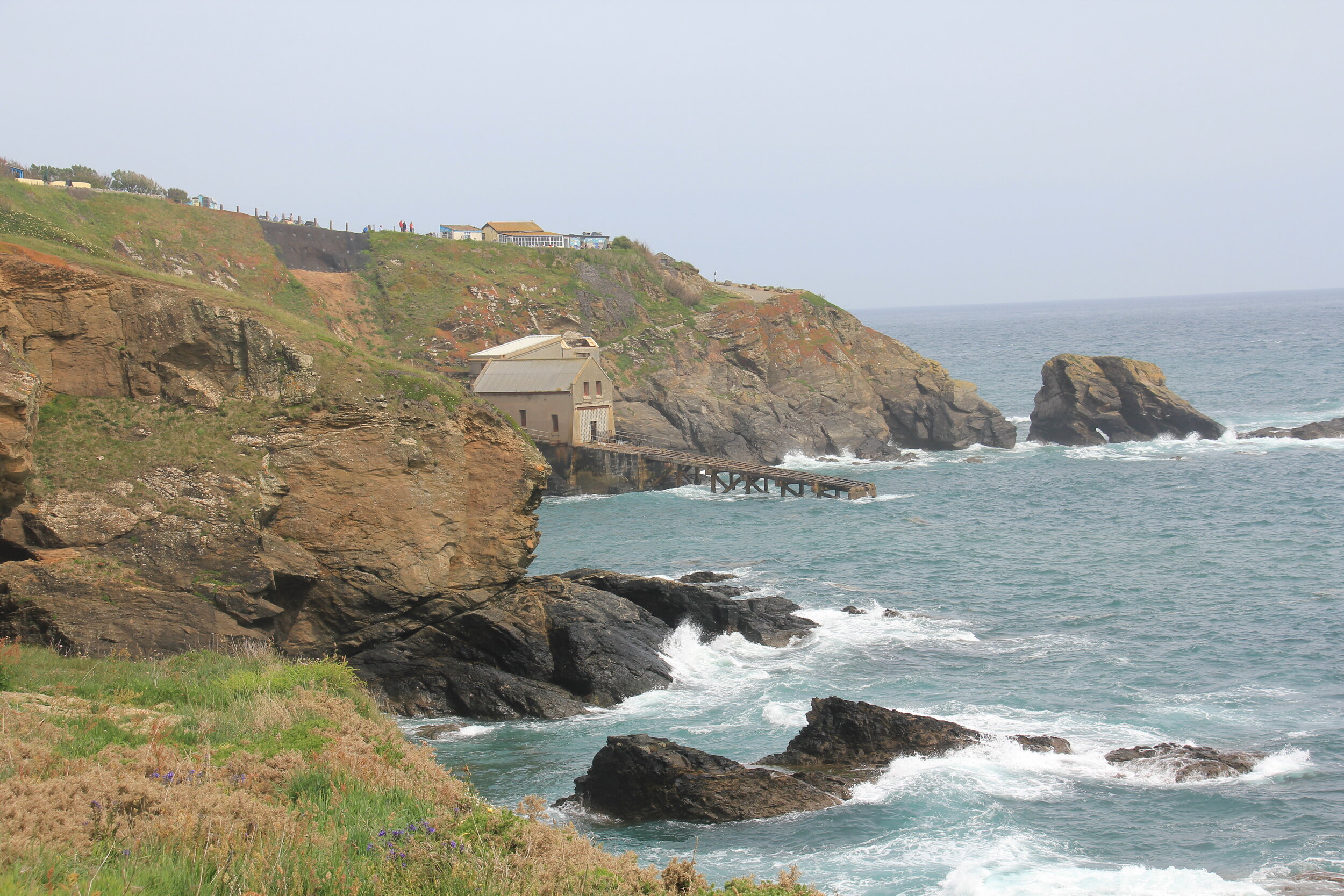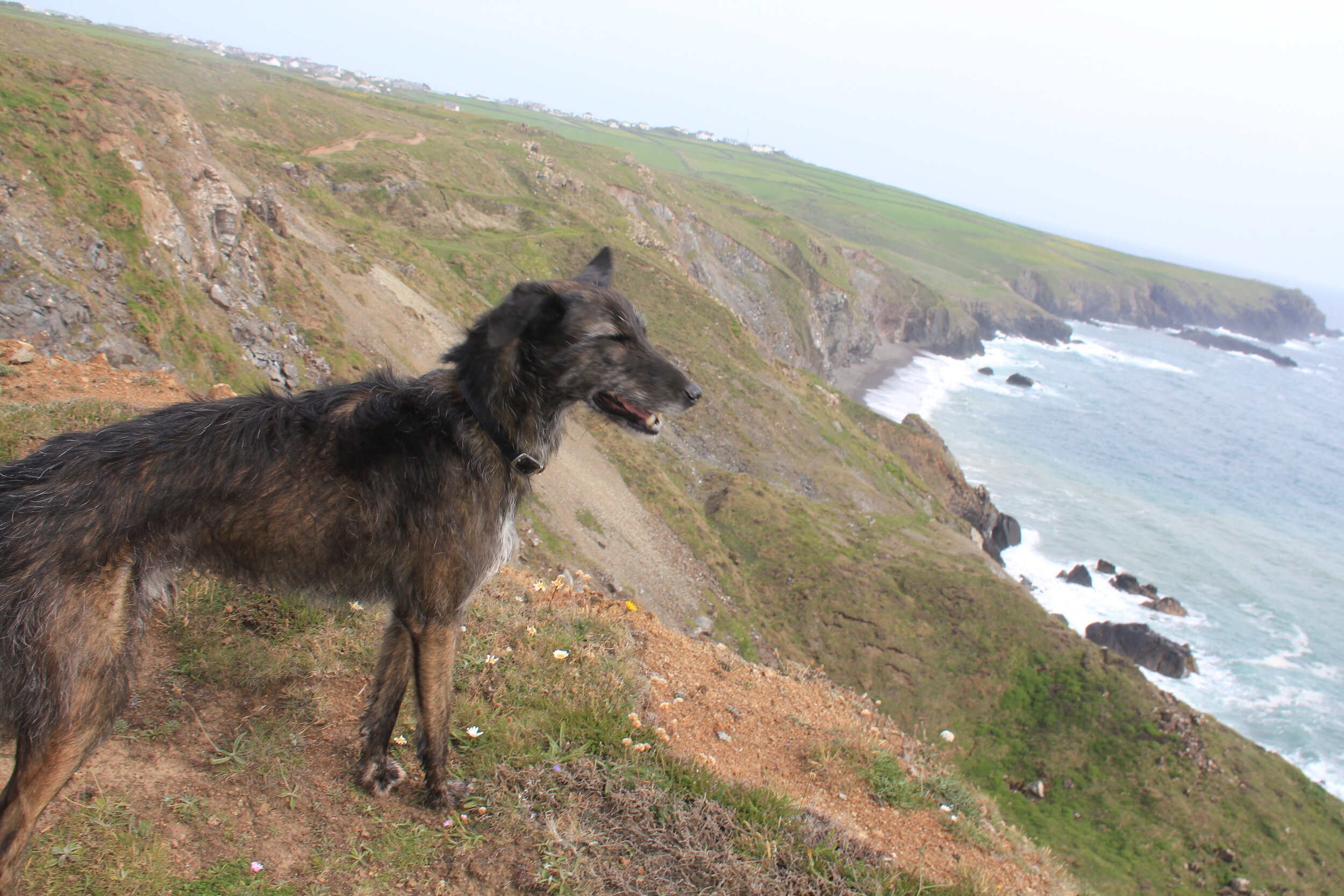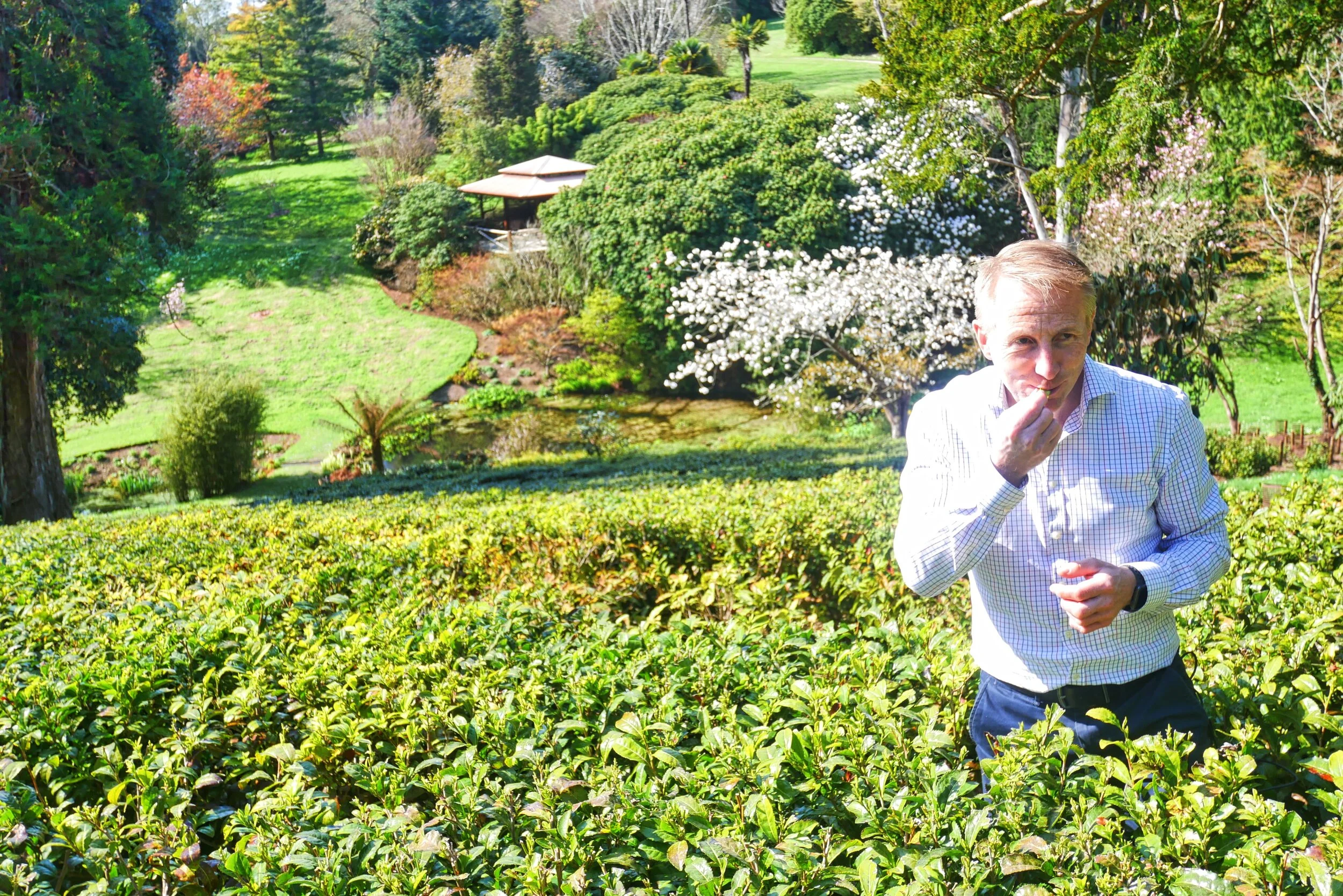November Walking
The first wisp of wood smoke smooched its way up the valley this week. It lingered over the village and, under cerulean skies, loitered amid the orchards just beginning to bend with fruit, then snaked its way towards the woods that are a long way yet from showing signs of the golden tints to come.
But the smell of that smoke spoke of a thousand comfy, cosy, fireside moments that will define the cool clear autumn days ahead.
There is no better time for walking in my opinion. Many of us will have suffered from close sweaty heat while hauling ourselves somewhere nice this summer. Don’t get me wrong - I am certainly not going to complain about the weather we’ve had, but hot humid conditions aren’t fantastic for hiking. Nor are severe midwinter days. As for spring, it’s too full of showers so you never know whether you should be in an anorak or a T-shirt.
But autumn (by which I mean the long cool days of September and the slightly shorter nippier ones of October and November) often offers the West Country walker the most perfect conditions for country hiking that, in my opinion, are to be found anywhere on the planet.
Walking in the countryside is, officially, Britain’s favourite outdoor leisure activity - a fact that means £millions to this region’s economy. According to the latest survey on how the British spend their leisure time, the countryside is the second most visited place for people taking trips purely for pleasure - after towns and cities which accounted for the UK’s greatest addiction, i.e. shopping.
Just over a quarter of all trips taken for leisure purposes end up in the countryside or by the seaside, according to Natural England’s latest statistics. In total a massive 57 per cent of people said that a walk or a ramble was the main activity enjoyed on any kind of outdoor leisure visit inside the UK.
Of course, in a region like ours we are hugely fortunate to have a lengthy coast. By which I mean hundreds and hundreds of miles of coast. And there is something about coastal walking that is both profoundly exhilarating and deeply meditative and peaceful, all at the same time.
There is a theory which suggests it’s all to do with ozone and negative ions. We are, after all, a walking bag of chemical and electrical reactions, and these two things can alter what happens inside us. Now I’m no technical expert, but as far as I understand it ozone - while being extremely toxic in a concentrated form - is good for you in small doses. And tiny amounts of the stuff accumulate at the seaside. It has the effect of making us feel altogether more jolly. In fact, spend a day walking around one of the South West’s great headlands, and you can feel high as a kite.
Which might be also be something to do with those negative ions. Some folk buy ionisers to put in their homes – others walk the South West Coast Path. No one really knows how these things effect us, but what we do know is that - when a thunder storm is approaching - many people suffer bad headaches and are overtaken by a feelings of oppression. Negatives ions are believed to have the opposite effect – and there are plenty of these at the seaside – or anywhere that has plenty of crashing waves and tumbling water.
And then there’s SADS – or Seasonally Affected Depression Syndrome. Again, I don’t know if this really exists or if it’s some machination made up by those who may earn money from treating such a thing. But what I do know is that a blast of bright light makes you feel good. In fact, walk along a southerly section of the path in bright winter sunshine after days spent indoors – and we’re back in high-as-a-kite territory again. The south-facing capes are good for this: go to Portland Bill, Start Point, Prawle Point, Rame Head, The Dodman or The Lizard on a such a day and I can guarantee you’ll come home dizzy with joy.
For me coastal walking is also special for its sound. I’m a great lover of natural noise. I think we all are, if we stop and think about it. The crashing of waves… No sound is so splendid – especially when the rush and the roar is punctuated by the screech of gull. It is wild. It inspires a gut feeling of wilderness – it speaks of limitless voids.
Such thoughts are good for the soul. Then there’s the haunting cry of the oyster catcher – no other bird, no other creature, creates such a melancholic sound. It is as if they speak from beyond our world – which, in a way, they do. Down there, on the squelching, oozing border of the low-tide zone. Beyond our modern world – beyond even the South West Coast Path. But, as I say, what other right-of-way could take you even close to such things?
I have often written - and no one has ever argued the point - that the poets Samuel Taylor Coleridge and William Wordsworth helped invent the concept of walking purely for pleasure when they lived in the Quantock Hills just over 200 years ago. Their constant rovings were thought so odd and out-of-the-ordinary that the government even sent a spy to Somerset to see what they were up to.
The fact that Coleridge took to the Somerset hills and dales simply for delight and gratification says a lot about him, his work, and his acute powers of observation.
“Sea and hill and wood
With all the numberless goings on of life
Inaudible as dreams.”
Those words of Coleridge’s ring out long and true to me whenever I am walking across the airy ridge of the Quantock Hills. Sea, hill and wood is exactly what you see – but on either side of the ridge there are the great vales of West Somerset and the Tone, not to mention the Somerset Levels – where all the numberless goings on of life do somehow beam their way up to you inaudible as dreams.
And if you look at these priceless lines you will see that Coleridge was also addicted to coastal walking.
“Ah slowly sink,
Behind the western ridge, thou glorious Sun!
Shine in the slant beams of the sinking orb,
Ye purple heath-flowers! richlier burn, ye clouds!
Live in the yellow light, ye distant groves!
And kindle, thou blue Ocean.”
Of course, Coleridge was also haunted in later life when the laudanum addiction became a bit too much to bear - then even his country walks were tinged with darkness…
“Like one that on a lonesome road
Doth walk in fear and dread,
And having once turned round, walks on,
And turns no more his head
Because he knows, a frightful fiend
Doth close behind him tread.”
What strange, haunting, apprehensive lines are those… I prefer to think of the man who invented country walking in these more jolly terms.
“He on honey-dew had fed,” he wrote while living in happier times at Nether Stowey. “And drank the milk of Paradise.”
Call me an old fool, but I believe we can all taste honey-dew and the milk of Paradise by following in Coleridge’s footsteps by taking a stroll in the Quantocks - or anywhere else in this glorious region - on one of those cool clear autumnal days when the metallic blue skies seem to go on forever and there’s just a whiff of the first winter woodsmoke in the air.




